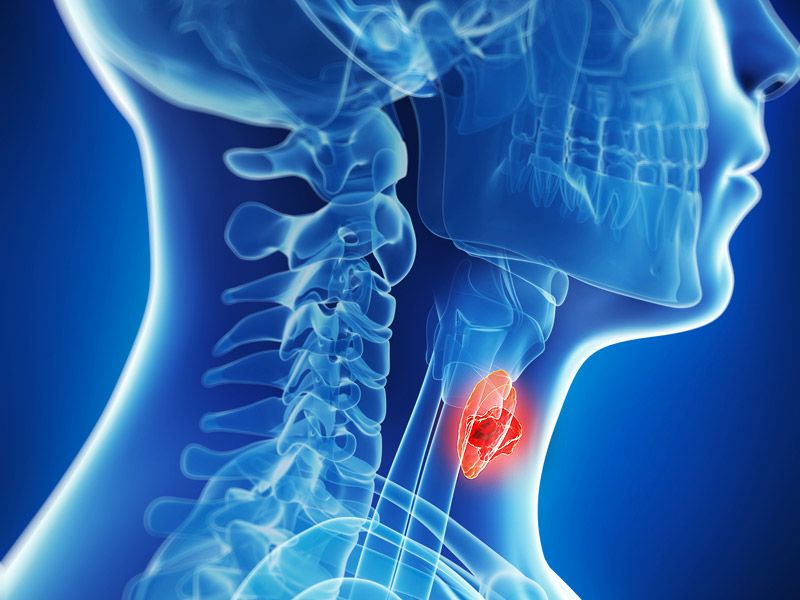Article
Number of Cancerous Lymph Nodes May Predict Head and Neck Cancer Survival
Author(s):
A variety of factors go in to the staging of a head and neck cancer diagnosis, however, the number of malignant lymph nodes may very well be the key to prognosis and treatment moving forward in this patient population.
A variety of factors go in to the staging of a head and neck cancer diagnosis, however, the number of malignant lymph nodes may very well be the key to prognosis and treatment moving forward in this patient population.
Physicians have always determined head and neck cancer stage and predicted progression based primarily on nodal size, location and how far the cancer has spread beyond the lymph nodes.
But recent research conducted at the Samuel Oschin Comprehensive Cancer Institute at Cedars-Sinai in Los Angeles found that if physicians use a more exact number of positive lymph nodes to determine staging, they might be able to better predict survival.
“Our study demonstrates that, by far, the single most important predictor of survival among patients with oral cavity cancer is how many lymph nodes contain cancer,” Zachary S. Zumsteg, M.D., assistant professor in the Department of Radiation Oncology at the Samuel Oschin Comprehensive Cancer Institute, said in an interview with CURE. “Size and location of the lymph nodes have no impact on the outcome when accounting for the number of cancerous lymph nodes.”
The study looked at 14,554 patients who had oral cavity cancer and were undergoing surgical removal of non-human papillomavirus (HPV) cancer.
Ultimately, the researchers found that patients who had a higher number of positive lymph nodes had poorer survival. They also identified an ultra-high-risk group of patients with five or more cancerous lymph nodes.
As a result, the number of positive lymph nodes might be a better way to stage this patient population. This change in practice would come with three distinct advantages, according to Zumsteg. First, it is simple and objective. Next, it divides patients into groups with distinct outcomes. And finally, it would help to identify an ultra-high-risk group with lower survival rates — which is not clearly classified in the current staging system.
Moving forward, Zumsteg said that more research needs to be conducted in the field. He predicts that the number of positive lymph nodes could eventually help patients and physicians decide on treatment regimens. Also, he hopes that the findings will help to guide revisions for the next edition of the American Joint Commission on Cancer (AJCC) staging system for non-HPV head and neck cancers.
But he admits it might be a while before that happens.
“The AJCC staging system is used worldwide to guide treatment and group patients into stages based on their expected survival,” Zumsteg said. “However, because the AJCC staging system recently was revised and released on Jan. 1 2018, it could be years before these changes will be incorporated.”
Zumsteg said that recent findings published in JAMA Oncology indicate that the number of cancerous lymph nodes could predict survival outcomes in patients with larynx and hypophryanx cancers, too. However, there are still some unanswered questions.
Currently, researchers are unsure if patients with a high number of positive lymph nodes have an increased risk of relapse within the lymph nodes themselves or if having many positive lymph nodes is a characteristic of an aggressive cancer.
“The most important next step is to build on this work, now that we can more accurately identify patients with poor outcomes following standard therapy.” Zumsteg said. “Can we develop treatment strategies that prolong survival for this ‘ultra-high risk’ group of patients?”





